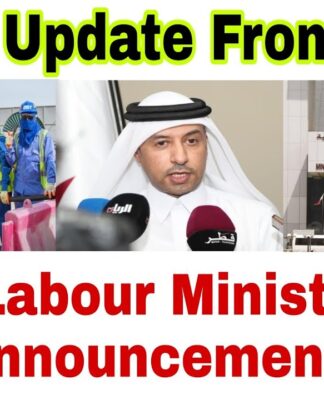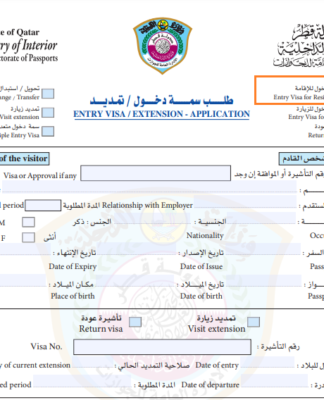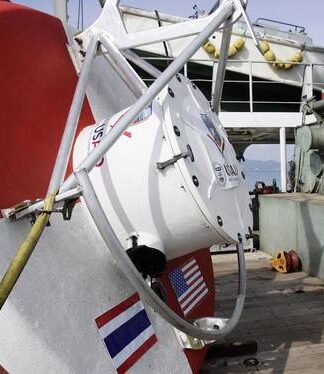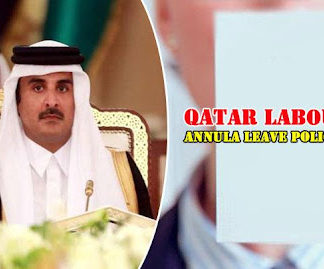The hybrid leadership challenge
Unlocking and enabling contributions the key to leading a new breed of workers
PUBLISHED : 27 JUN 2022 AT 06:17
WRITER: ARINYA TALERNGSRI
1
0
I’ve noticed an increasing interest in hybrid workplace leadership approaches, both in the media and in conversations I have been part of.
This is hardly surprising after two years of trial and error created by a seemingly never-ending series of challenges for leaders and organisations. We have seen work and business models transformed by hybrid possibilities, and now it is the turn of leadership models.
This is manifesting in the need for new leadership approaches. Unlike during the pandemic, senior leaders must choose these approaches, and not have them forced upon us.
The big question is how can we equip leaders at all levels for this new reality? Senior leaders must understand in a hybrid world the key (more than ever before) is for leaders at all levels to unlock autonomous, agile and accountable teams. They cannot let line managers and leaders succumb to the temptation of business as usual or inadvertently create restrictions and controls.
Menswear regains its muscle at Paris Fashion Week
All for pride, pride for all
Filipino master presents art in a new dimension
The key to taking advantage of the hybrid age is empowerment and enablement more than anything else, and certainly not additional virtual entanglements.
The changing need is especially true when you consider the changing nature of the workforce. The annual crop of fresh graduates has suffered from a recent lack of opportunities. Many incumbent workforce members lost their jobs or took up new roles. Workforce change has seen growing demand for many more entry-level sales, marketing and operations-focused roles, for example.
Many of the people that our line leaders are now responsible for have never experienced the traditional 9-5 or 60+ hour work week (in the office) of some professions. The ambitions of this group are also different. They are not looking for a job for life but rather to gain experience quickly.
The challenge for line leaders is to get more out of a workforce they see less of, collaborate virtually more effectively with them, and provide the increased amount of support and enablement they need to succeed.
Add to this supporting the success and contributions of an increasing number of contract and gig workers, not to mention borrowed talent from other parts of the organisation. It becomes doubly clear that existing leadership models may need a bit of a shake-up.
In the hybrid world, leadership capability and credibility will not come from a title but from the ability to understand and unlock different people’s contributions. The new cohorts (despite current economic conditions) do not need to tolerate old-school bosses because their ambitions are different. Organisations that do not recognise the need for more outward and enabling front- and middle-level leaders will see an increasingly higher talent turnover.
It is good to see that many senior leaders now understand this. What is less reassuring (from research and conversations) is the level of confidence senior leaders have in the readiness of their frontline leaders to deal with the above.
Recent research by Development Dimensions International (DDI) found that CEOs are less than optimistic. Only around 34% rated their first- and mid-level leaders as very good or excellent. It also found a 20% drop in CEO confidence in them.
I believe the first step in solving this is developing their leaders’ ability to understand the leadership their people need now. They need leaders who:
Understand how they need to change their leadership approaches.
Possess empathy to unlock contributions in the flatter and leaner hybrid structures.
Recognise that when everything is new to the leader and the team members, the ability to look outward and understand how legacy leadership approaches compound problems is essential.
Show the willingness to look at their action and see how they may be part of any obstruction.
Empathise with individual needs and provide targeted coaching (at distance).
You will note that the solutions to many of these approaches are not entirely new, but they manifest differently in the hybrid age. For front-line leadership development, I do not think a single senior Leader or expert will disagree with the need for more human-centric approaches. I also believe the key to hybrid leadership success is the right leadership mindset for the hybrid age.
Get started by looking at your current leadership development approaches and ask yourself are we developing leaders who:
Use empathy and outward-looking approaches to unlock staff contributions.
Focus on enabling and unblocking staff success by removing problems and roadblocks (including themselves).
Turn insights into the new needs, restrictions, opportunities and challenges facing staff into continuous leadership approach upgrades.
If the answer to the questions above is no, it might be time to consider how to develop the future leaders and leadership mindset you need.
Arinya Talerngsri is Chief Capability Officer and Managing Director at SEAC — Southeast Asia’s Lifelong Learning Center. She can be reached by email at arinya_t@seasiacenter.com or https://www.linkedin.com/in/arinya-talerngsri-53b81aa. Talk to us about how SEAC can help your business during times of uncertainty at https://forms.gle/wf8upGdmwprxC6Ey9

























